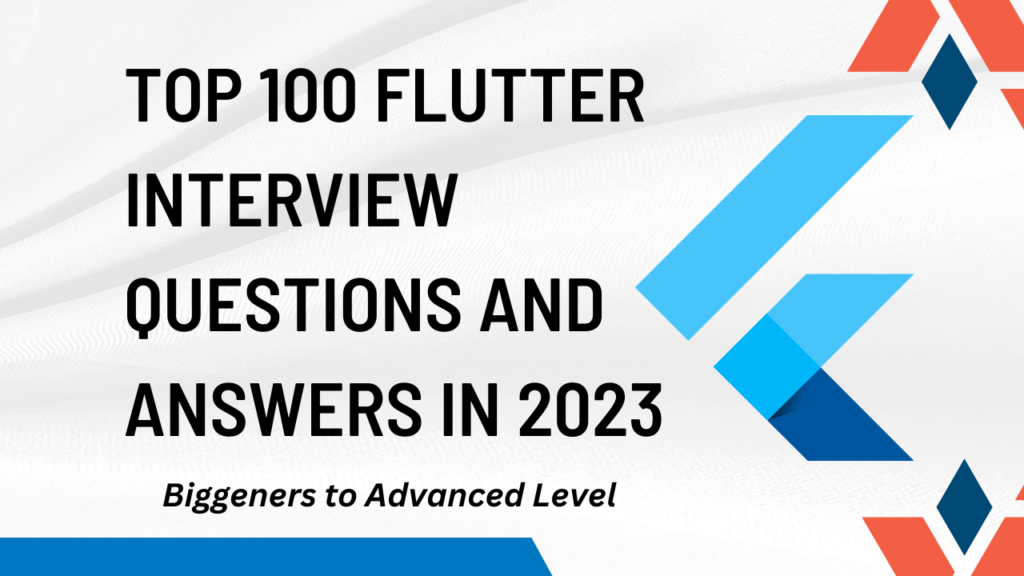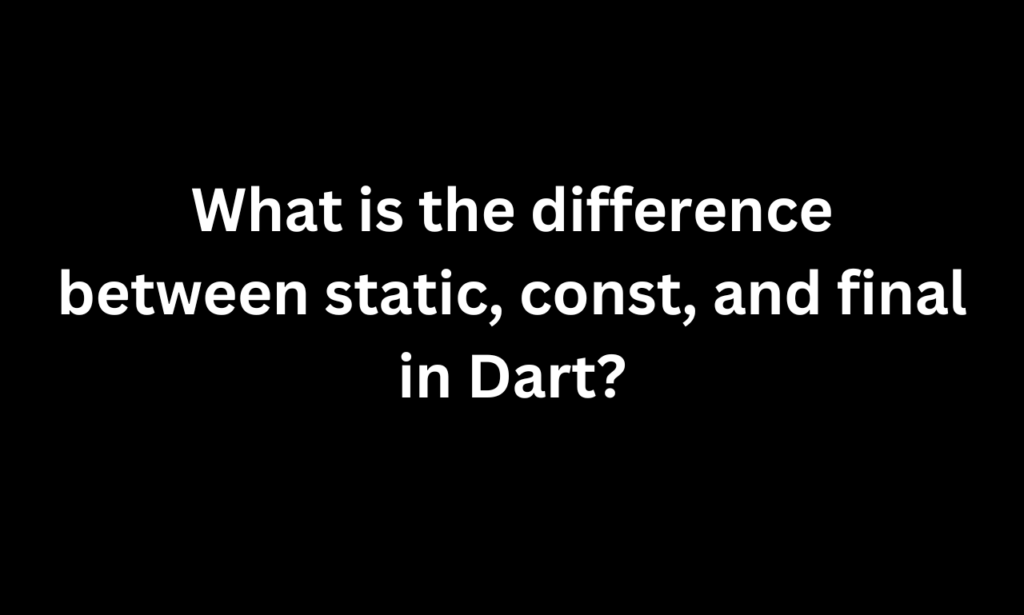As we all know the flutter app consists of widgets only, these are broadly classified into two types:
- Stateless Widget
- Stateful Widget
State:
Before knowing the difference between the stateless and stateful widget we should take a look at the definition of State of a widget.
The State is information that can read synchronously when the widget is build and might change during the lifetime of the widget.
In simpler words, the state of the widget is the information of the objects that its properties (parameters) are holding at the time of its creation (when the widget is painted on the screen). The state can also change when it is used for example the color of RaisedButton widget might change when pressed
Stateless Widget:
Stateless widgets are the widgets that don’t change i.e. they are immutable. Its appearance and properties remain unchanged throughout the lifetime of the widget. In simple words, Stateless widgets cannot change their state during the runtime of the app, which means the widgets cannot be redrawn while the app is in action.
Also Read:- Top 100 Flutter interview questions and answers in 2024
Examples: Icon, IconButton, and Text are examples of stateless widgets.
To create a Stateless widget, we have to override the build() method as implemented in the code below.
import 'package:flutter/material.dart'
void main() = > runApp(GeeksforGeeks())
class GeeksforGeeks extends StatelessWidget {
@override Widget build(BuildContext context)
{return MaterialApp(
home: Scaffold(
backgroundColor: Colors.grey,
appBar: AppBar(backgroundColor: Colors.green,
title: Text("GeeksforGeeks"), ),
body: Container(child: Center(child: Text("Stateless Widget"),
),
),
),
)
}}
Stateful Widget:
Stateful Widgets are the ones that change its properties during run-time. They are dynamic i.e., they are mutable and can be drawn multiple times within its lifetime. It can change its appearance in response to events triggered by user interactions or when it receives data.
Examples : Checkbox, Radio Button, Slider, InkWell, Form, and TextField are examples of Stateful widgets.
To create a Stateful widget, we have to override the createState() method, which returns the state of the widget.
import 'package:flutter/material.dart'
void main() = > runApp(MyApp())
class MyApp extends StatelessWidget {
@override Widget build(BuildContext context)
{return MaterialApp(theme: ThemeData(
primarySwatch: Colors.green, ),
home: MyHomePage(title: 'GeeksforGeeks'),
)}}
class MyHomePage extends StatefulWidget {
MyHomePage({Key key, this.title}): super(key: key)
Differences Between Stateless and Stateful Widget:
Stateless Widget:
- Stateless Widgets are static widgets.
- They do not depend on any data change or any behavior change.
- Stateless Widgets do not have a state, they will be rendered once and will not update themselves, but will only be updated when external data changes.
- For Example: Text, Icon, RaisedButton are Stateless Widgets.
Stateful Widget:
- Stateful Widgets are dynamic widgets.
- They can be updated during runtime based on user action or data change.
- Stateful Widgets have an internal state and can re-render if the input data changes or if Widget’s state changes.
- For Example: Checkbox, Radio Button, Slider are Stateful Widgets







